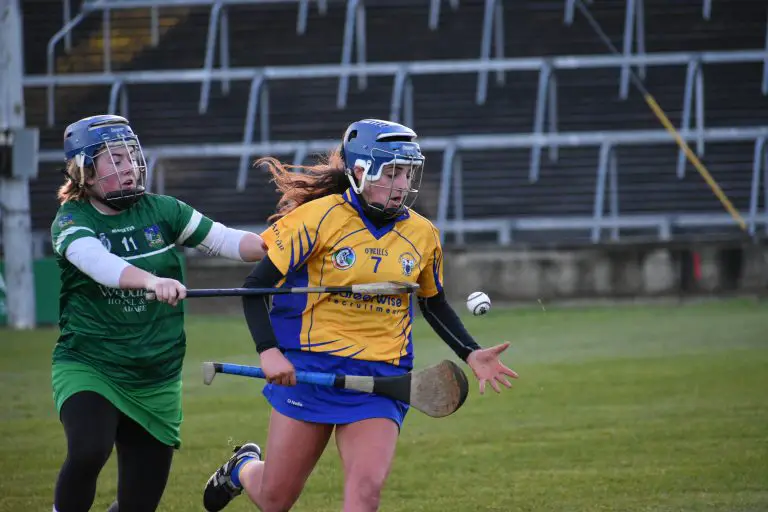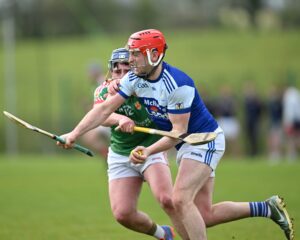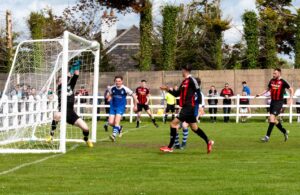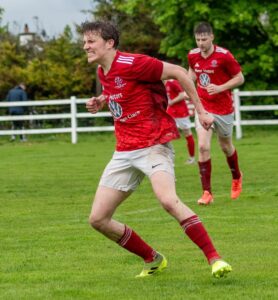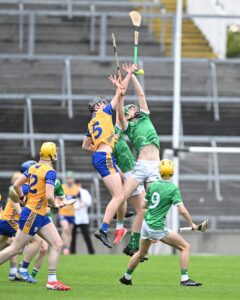*Ciara Grogan
Players are regularly summoned to alleys/ball walls to improve their kicking/striking technique. Unfortunately, most deliberate practice occurs with little coaching or without a framework to develop technical proficiency. This principle, summarized by P-FACTS, can be implemented when practicing isolated skills to aid players.
By Mark O’Donnell
P – Power is required to pass, shoot or clear a ball in Gaelic games. For instance, Joseph McGann doesn’t need to kick the leather off a ball when shooting at goal, but a full kick is required to bypass a defensive line when delivering to the forwards. Therefore, players should be encouraged to develop a variety of powers. When learning a new type of kick/strike, initially reducing power may help to expedite development until the skill pattern is formed.
F – Fluency is the ability to perform with ease and confidence, enabling players to reach their full potential. This quality separates Tony Kelly and fellow All-Stars from others. While many athletes can execute the skills of TK, their performance may be rigid and uncontrolled. Coaches are advised to monitor skills three-fold – isolated, semi-opposed and in-game. Some players may appear competent striking unopposed in an alley, but struggle to find flow in a match context.
A – Accuracy is conducive for success in sport. Chloe Moloney is the bearer of high scoring and successful kick-passing rates. Accurate skill execution is the common denominator. The determining metric is her ability to hit a target e.g. teammates, pockets of space or goalposts. Players may have difficulty interpreting feedback from a wide effort on the pitch, but when kicking or striking against a wall, a returning ball may inform us of technical aspect needing attention.
C – Consistency is key for those seeking improvement over time. Everybody has the potential to muster a moment of sporting magic, but can we repeat these actions? Coaches are challenged to develop technically proficient players, who can rely on their skillset when called upon. Do our players routinely score frees or execute tackles at training but fail to do so during competition. Are we observing a one-off performance and assuming mastery, or was it a beginner’s luck? Regular skills testing is an appropriate method of assessing consistency.
T – Timing often deciphers between winners and losers. A player may have textbook hooking or near-hand tackling ability, but if they cannot execute the skill when required – it’s all in vain! Timing of performance is closely intertwined with decision making. Perceiving when to shoot, pass or carry, and whether to engage or drop off an opponent are examples that centre around the timing of a skill. Well-designed games will nurture players’ timing of their technical skills.
S – Speed kills, especially in the GAA. Foot, hand, eye, mind, reaction and swing (hurling specific) speed all shape how the game is played at the highest level. Players have various speed capacities, and a mere few will excel across all categories. Speed can be developed, despite hearsay, provided we identify which elements require coaching. Aoife Power possesses electric foot speed, while Ciara Grogan’s stroke speed is the envy of many camogie players. The key coaching message is to foster all elements of the speed spectrum.

